The MLB offseason served up a dizzying array of monstrous contracts for free agents. Less than one year after the lockout zapped much of the excitement surrounding the sport, front offices made up for it with some impressive commitments to star players. Here, theScore’s Josh Goldberg and Michael Bradburn take a look at some of the richest pacts from the offseason and hand out their grades.
Aaron Judge, Yankees
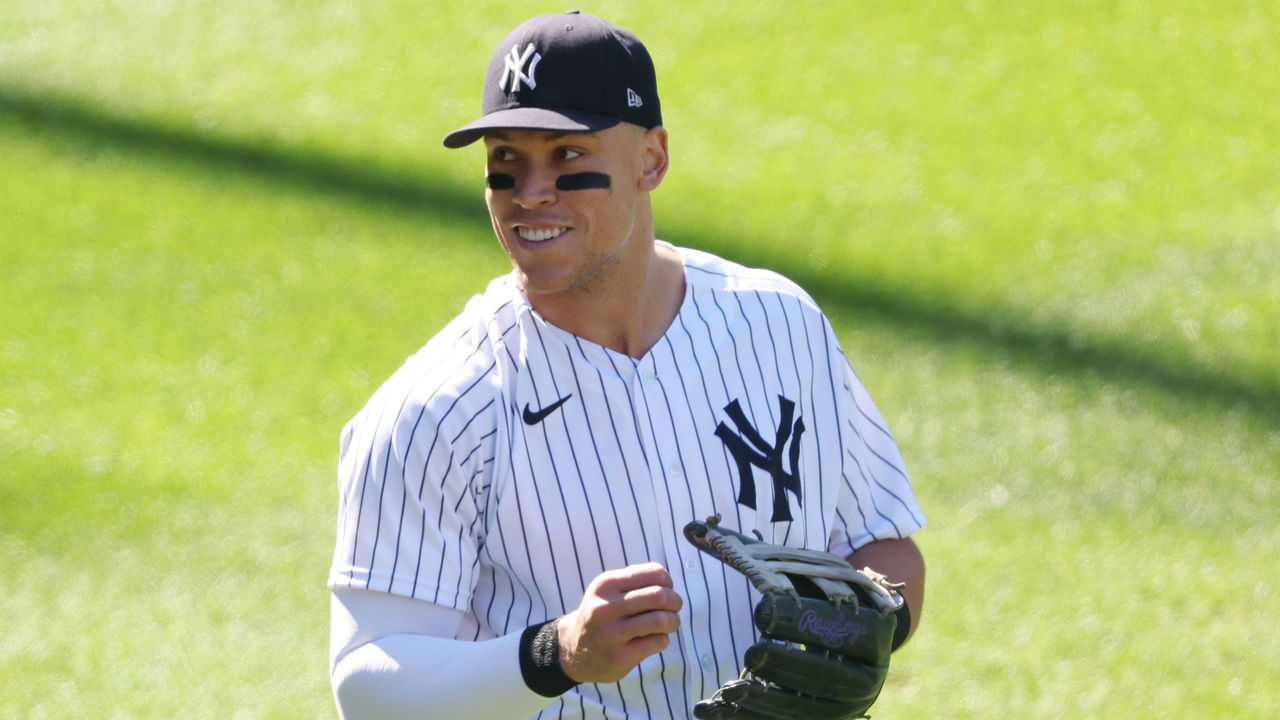
Contract: 9 years, $360 million
The New York Yankees didn’t have much choice but to bring the reigning AL MVP back after he set the league record with 62 home runs last season. Judge is as important to a club’s success as any one player in the league.
He authored one of the great walk-year campaigns in MLB history last season. After rejecting New York’s seven-year, $213.5-million extension offer before the 2022 campaign, Judge earned himself an additional two years and more than $130 million on his new deal. He’ll take over as the club’s captain, the first time the Yankees anointed a player with that distinction since Derek Jeter retired.
The 30-year-old should be able to produce on par with this commitment if he can stay on the field. But that’s one of the biggest concerns with giving him a nine-year deal. Though Judge has been able to stay healthy over the past two seasons, he battled injuries a number of times during his career.
Additionally, for as good as Judge has been in the regular season, many Yankees fans are looking at October as the barometer for success. He hit just .139 with a .490 OPS and a pair of home runs in nine postseason games for the Yankees in 2022. Judge struggled mightily in New York’s four-game sweep at the hands of the Houston Astros, mustering just one hit in 16 at-bats. He slashed just .211/.310/.462 in 44 career postseason contests and has been unable to lead the Yankees past the League Championship Series in three trips.
If Judge can stay healthy and productive while helping the Yankees to a World Series in the first half of the contract, fans should be able to handle any age-related decline that may arise over the last few years of the megadeal.
Grade: B
Rafael Devers, Red Sox

Contract: 11 years, $331 million
Whether this is an 11-year, $331-million contract or a 10-year, $313.5-million extension tacked onto a one-year, $17.5-million arbitration-avoidance deal is largely pedantic. The Boston Red Sox now have their star third baseman through the 2033 season. It does help to break down this deal using the second figures, though, as those are Devers’ true free-agent years. The two-time All-Star was eligible to test the open market next winter but opted for just over $31 million per year for a decade, and it’s definitely tough to blame him.
Could Devers have gotten more than 10 years and $313.5 million on the open market at the end of this season? Probably, given the way some teams are throwing around money and the fact that he’s 26. But he’d have been unlikely to earn much more, and it probably would’ve been spread over more years. The Red Sox, meanwhile, avoid an extension that invests too far into a player’s decline, with Devers’ deal expiring just as he’s turning 37.
His deal actually narrowly beats Miguel Cabrera’s eight-year, $248-million contract by average annual value. Comparing the two deals makes for an interesting – though inexact – discussion. Cabrera was nearly 32, well into his Hall of Fame career, and had already made the full-time switch from third base to first when his deal originally hatched. Devers is obviously not the same hitter as peak Cabrera, who won back-to-back MVPs, but he is an exceptionally good and reliable slugger. Only six players who’ve played 500 games have a better wRC+ than Devers since 2019:
| PLAYER | GP | WRC+ |
|---|---|---|
| Juan Soto | 501 | 155 |
| Freddie Freeman | 536 | 148 |
| Paul Goldschmidt | 528 | 144 |
| Pete Alonso | 530 | 138 |
| Xander Bogaerts | 505 | 134 |
| Vladimir Guerrero Jr. | 504 | 134 |
| Rafael Devers | 510 | 132 |
Eventually, like Miggy, Devers will have to move across the diamond, and it could happen sooner than expected, as he ranked 24th percentile in outs above average last year, according to Baseball Savant. While Devers’ bat certainly plays there, the timing of that move will help inform just how good of a deal this is.
Grade: B+
Trea Turner, Phillies
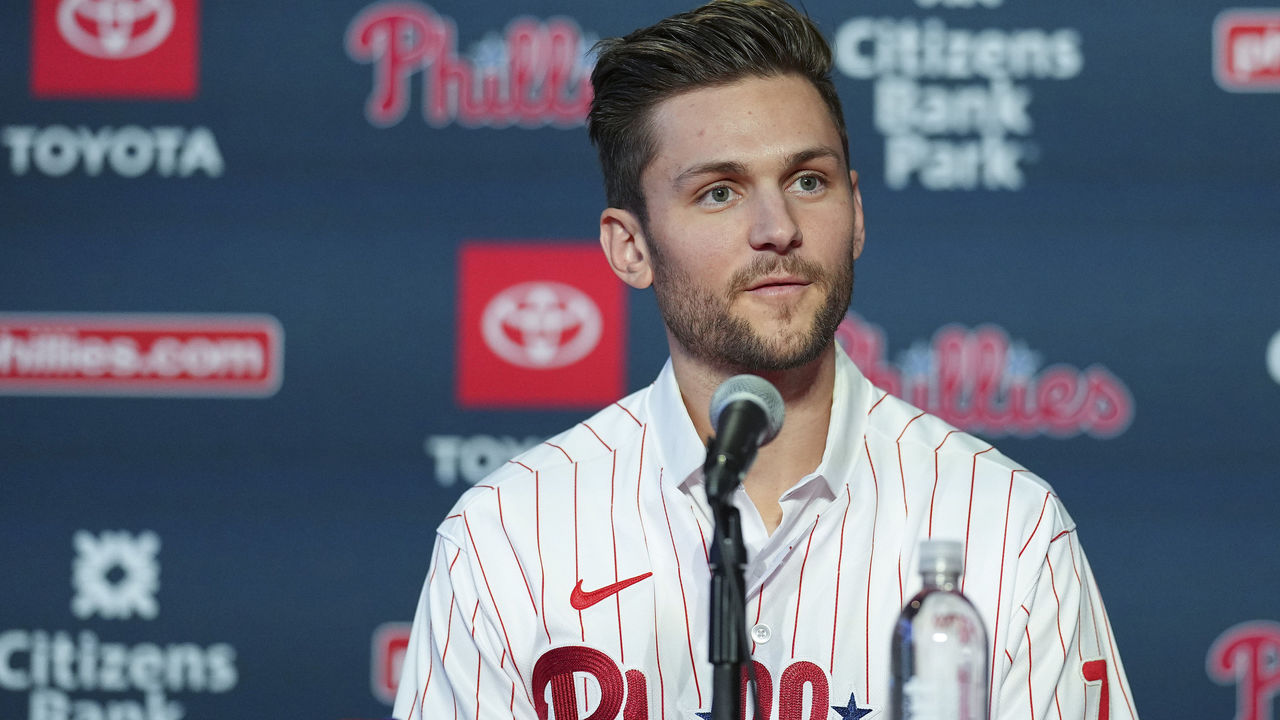
Contract: 11 years, $300 million
Turner is the type of player scouts drool over: a five-tool talent. If you were making an exciting baseball player in a lab, it might come out looking like Turner. But how truly great is he, and can he sustain it into his age-40 season?
To answer that, let’s look at how elite he was in 2022, which was certainly an impressive platform season:

Off the top, let’s focus on that sprint speed. At the 99th percentile, Turner is in a class of his own. And those larger bases with limited pickoff attempts and a crackdown on balks will make the two-time All-Star a weapon on the bases. Upwards of 50 steals doesn’t seem outlandish at all. But the pessimist would note that speed typically doesn’t age well and, in fact, the prime ages for stolen bases are actually well before a player reaches their 30s. So how long can this last?
His next best tool is his ability to hit – and that’s still very, very good. An expected batting average in the 89th percentile puts him in the same company as Guerrero, Amed Rosario, and Carlos Correa.
Other than that, though, there are some concerns. His expected wOBA and slugging percentage indicate he is well above average, but he certainly doesn’t possess otherworldly pop. And while he avoids strikeouts at an above-average rate, he swings at pitches outside the zone a lot, leading to a lot of whiffs, and doesn’t walk very often. And, finally, he’s slightly below average on defense – albeit at a premium position.
All of this points toward a contract that likely won’t age well, barring Turner developing a more refined and disciplined plate approach as his skills age and he loses his marked edge in athleticism. The good news for the Philadelphia Phillies, though, is that they’re trying to win right now, and Turner certainly helps in that pursuit. And if the Phillies do win it all in the next two years, how this contract looks in 2030 really won’t matter anyway.
Grade: B-
Xander Bogaerts, Padres
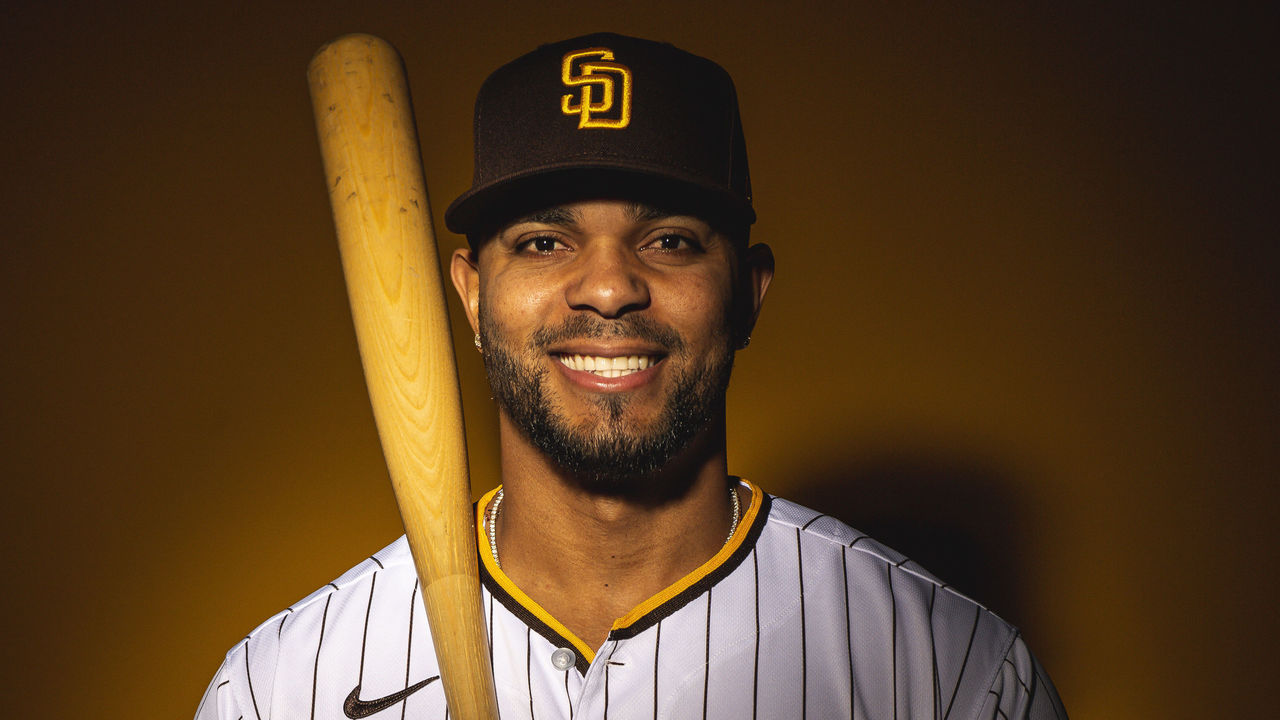
Contract: 11 years, $280 million
This might rank as the most shocking deal of the offseason. San Diego Padres owner Peter Seidler was prepared to spend this winter and gave his general manager A.J. Preller the green light to acquire an impact player. The Padres made both Judge and Turner huge offers but were rebuffed. San Diego eventually settled on Bogaerts. The former Red Sox shortstop is still one of the better players in the league at the position, but there are red flags that could make this contract a problem.
Though Bogaerts’ elite contact skills should allow him to age relatively gracefully at the plate, there should be real concern about his defense. Despite ranking in the 88th percentile in Statcast’s outs above average last season, he struggled mightily in that regard from 2019-21, finishing in the 4th, 13th, and 1st percentile, respectively. Bogaerts also struggles in terms of arm strength, and his sprint speed declined in three consecutive seasons.
The Padres are loaded with star power, and Bogaerts should provide value to the club in the first years of this contract. However, if they’re unable to break through in October, there’s plenty of evidence to suggest this deal might hamstring the Friars for years to come.
Grade: D+
Carlos Correa, Twins

Contract: 6 years, $200 million
One – or two – team’s trash is another team’s treasure.
Let’s ignore the iffy medicals for a moment, shall we? Correa signed two separate contracts that exceeded $300 million this offseason, the first of which would’ve been the second-most expensive deal of the winter, behind only Judge’s.
With two teams willing to make Correa one of the highest-paid MLB players ever based on talent and track record alone, it’s almost disorienting that the Minnesota Twins got him for $200 million.
It’s still a lot of money considering the risk and that two teams were so worried about the long-term prospects of Correa’s ankle health. It’s worth noting, though, that Correa has never missed an MLB game due to the ailment and that the Twins, who had the two-time All-Star under contract last year, are very well-acquainted with his health, clubhouse presence and performance.
The Twins also insulate themselves from risk exceptionally well on the deal, as they’re only committed to Correa through his age-33 season. Even if this ankle issue is a serious one, these are a player’s prime seasons without the long-term risk for less average annual value than Francisco Lindor. That’s a coup.
Beyond the six years, the Twins have done very well to protect themselves, as Correa will have to make 502 or more plate appearances in each of the subsequent seasons for options to automatically vest that can make the deal worth $270 million over 10 years. Correa hit that threshold twice in the previous five full seasons, and if he surpasses that amount of playing time, he’s still likely a very impactful player, which even makes the end of the deal look exceptionally good.
Grade: A+
Jacob deGrom, Rangers
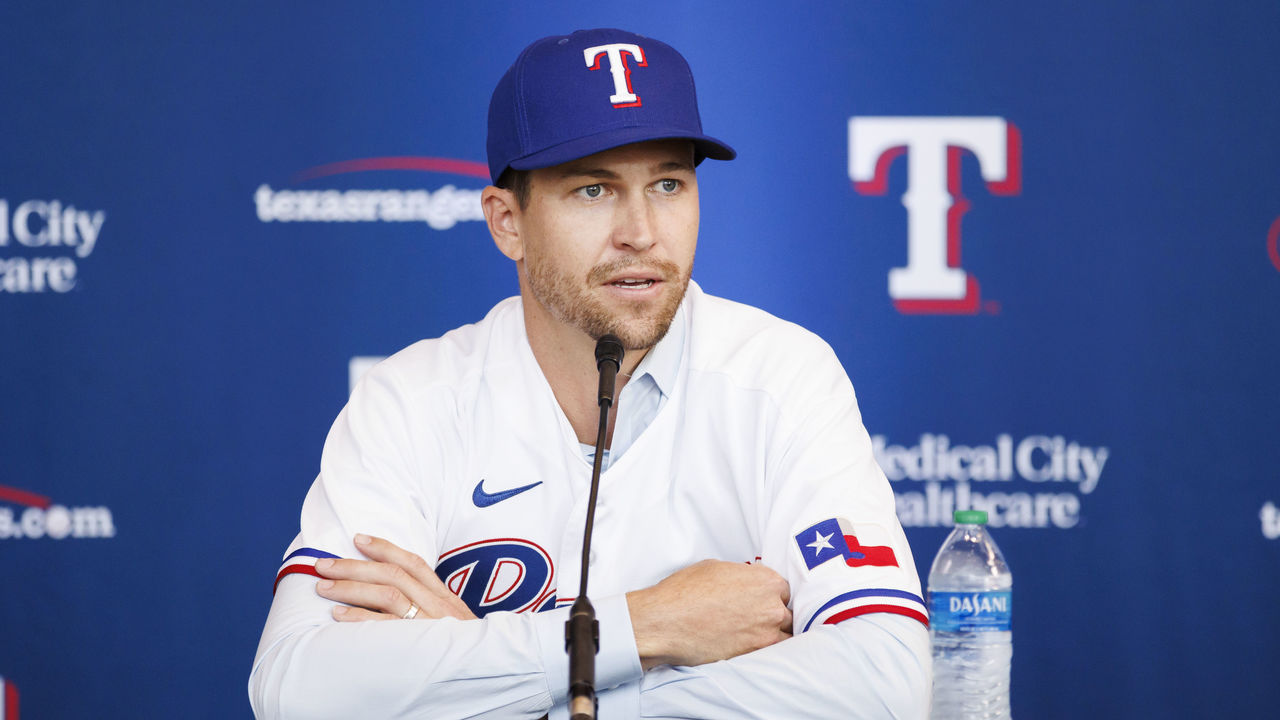
Contract: 5 years, $185 million
On a per-start basis, there’s arguably no one better than deGrom. But how many starts the Texas Rangers are paying for over the next five years is the $185-million question.
The two-time Cy Young winner made 26 starts over the past two seasons. To help put that in perspective, 78 pitchers made at least that many last year alone. It’s been beaten to death, but deGrom carries immense injury risk, and his early spring ailments – while seemingly unserious – certainly feel like a potential harbinger. One good sign, though, is that the most recent minor setback was on his left side, unlike his other right-side lat, forearm, and elbow injuries.
Prorating his workload from the last two years over the next five seasons would make this contract worth roughly $2.8 million per start. Max Scherzer and Justin Verlander, whose deals have the highest AAV ever given to a pitcher, will need to make 16 starts to surpass that per-start salary. Scherzer made 23 last year, while Verlander made 28. Due to their advanced ages, the New York Mets gave them short-term, high-annual-value deals because the long-term risk is moot.
Though the long-term risk is mitigated somewhat via a five-year deal, deGrom’s contract still begins when he’s firmly in his decline and will expire after his age-39 campaign.
Now, despite all of that alarmism and although he made so few appearances over the past two seasons, there are ample reasons to be hopeful.
First off, even though his workload has been limited to merely 156 1/3 innings since the beginning of 2021, deGrom still ranks 19th among all starting pitchers by fWAR. In that regard, he’s been more valuable than Joe Musgrove, who threw more than twice as many innings in the span. That’s truly staggering.
Even further, prior to those two injury-riddled campaigns, deGrom was extremely reliable over a four-year span, making at least 31 starts in each of the three seasons spanning 2017-19 and then making a full 12 in the pandemic-shortened 2020 campaign.
If deGrom can average 23 starts and stay healthy for a potential postseason run, then it’s hard not to love this deal. Having an ace like deGrom in the clubhouse could also help with the intangible development of prospect pitchers like Jack Leiter, Kumar Rocker, Owen White, and Brock Porter. Anything less than 16 starts in his maiden voyage with the club, though, could quickly sound alarm bells for a team with high expectations and a very low floor.
Grade: C+
Dansby Swanson, Cubs

Contract: 7 years, $177 million
The Chicago Cubs pried Swanson away from the Braves with an eye-opening seven-year contract. There’s no doubting Swanson’s defensive prowess at shortstop; the 29-year-old ranked in the 100th percentile in outs above average last season and saved six runs defensively.
The biggest question mark surrounding Swanson is how he’ll be able to produce at the plate over the next seven years. He owns a career .738 OPS and a below-average 94 wRC+. Swanson had the best offensive season of his career in 2022 but still struck out 26% of the time while only drawing 49 walks in 696 plate appearances. The Cubs are paying Swanson to be one of the best all-around shortstops in the league, but there should be real worry about his ability to produce offensively to live up to those expectations.
Grade: C-
Carlos Rodon, Yankees
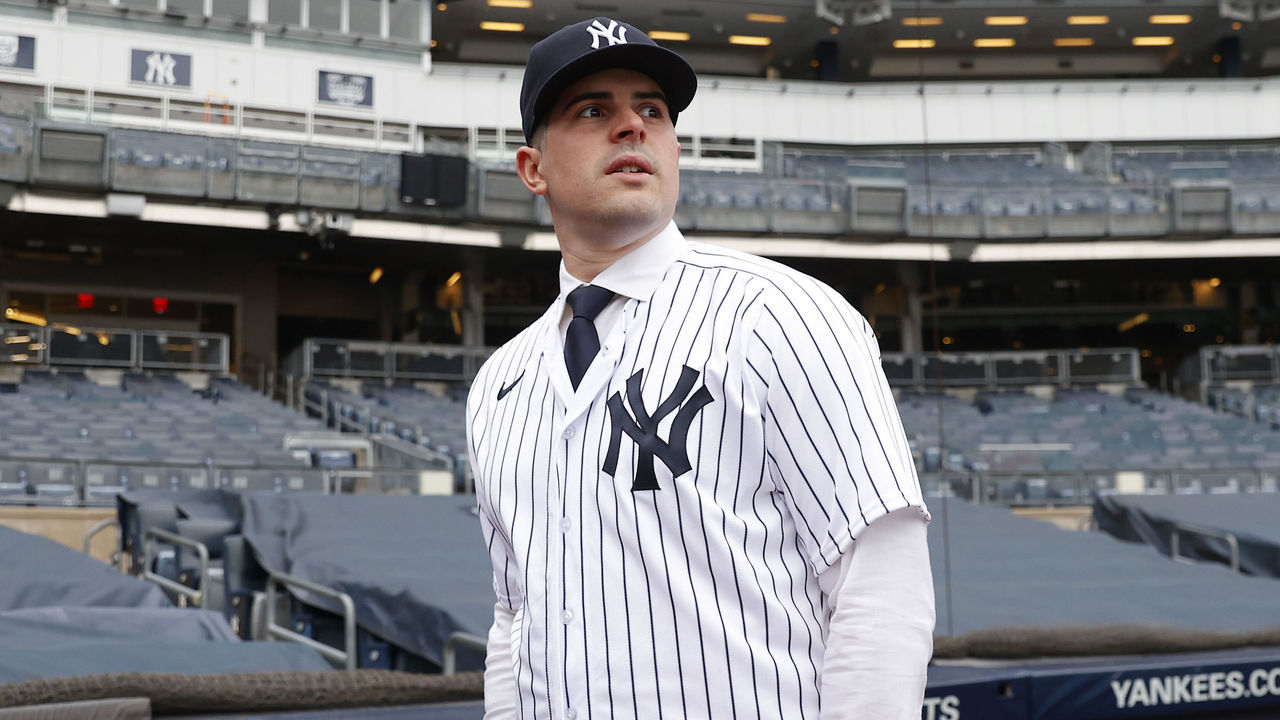
Contract: 6 years, $162 million
The Yankees desperately needed another high-end starting pitcher and found their man after signing Rodon. The left-hander has put injuries in his rearview mirror over the past two seasons, registering a 27-13 record with a 2.67 ERA, 2.42 FIP, and 12.23 K/9 across 55 starts. There isn’t much question about Rodon’s ability to perform at this point. The biggest concern with this deal is his lengthy injury history. Rodon made just 41 starts between 2017-20 due to a variety of injuries. With Frankie Montas potentially out for the entire 2023 season and Luis Severino far from a guarantee to stay healthy, the Yankees will be counting on Rodon to take the ball every fifth day as they look to win the division again.
Beyond the legitimate injury concerns, Rodon’s home/road splits while pitching for the Giants last season must also be considered. He posted a 1.93 ERA at Oracle Park in 2022 but a 3.73 mark on the road. Rodon has all the talent to form a dynamic duo with Gerrit Cole atop the rotation, but there’s significant downside associated with this level of commitment to a pitcher who has battled injuries throughout his career.
Grade: B-
Brandon Nimmo, Mets
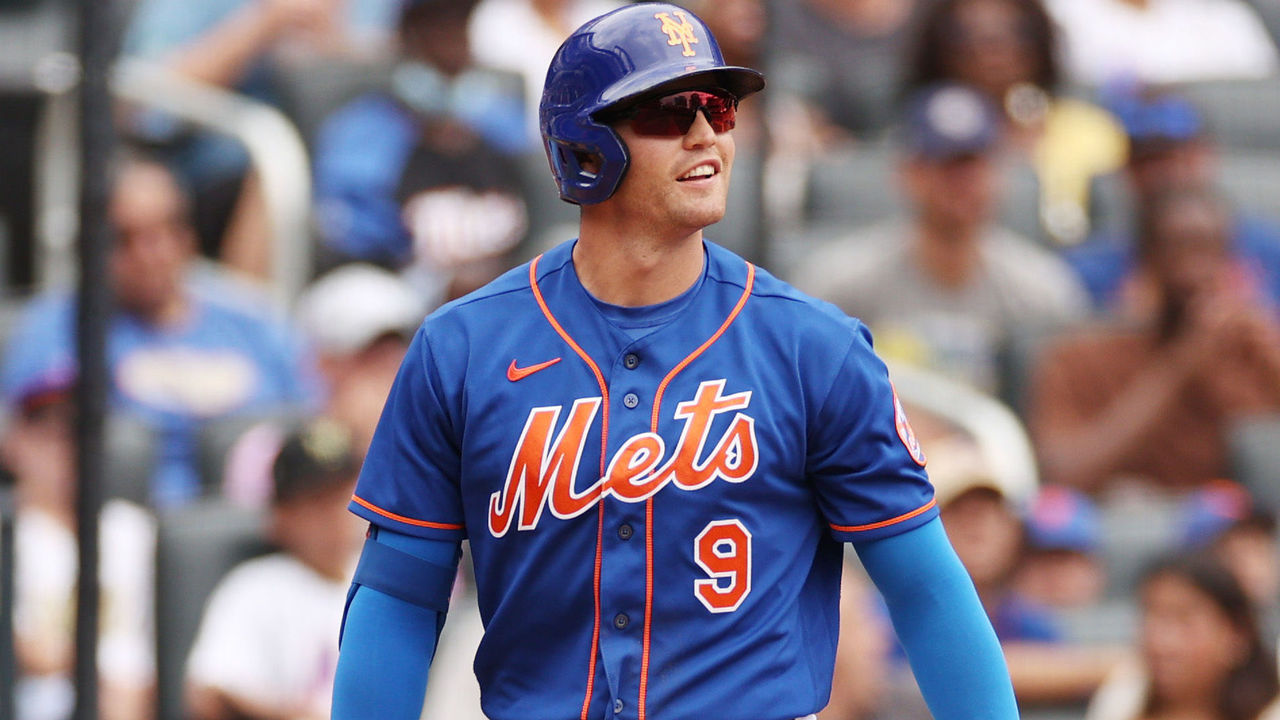
Contract: 8 years, $162 million
The 29-year-old Nimmo has been an underappreciated on-base king. Since breaking into the majors in 2016, only Goldschmidt, Bryce Harper, Judge, Joey Votto, Freeman, Soto, and Mike Trout have a higher OBP than Nimmo’s .385 mark.
However, getting an eight-year, $162-million contract is no longer even close to underappreciated. In fact, that’s Freeman money, albeit over a longer term.
Prior to the 2022 season, the Los Angeles Dodgers landed Freeman on a six-year, $162-million contract. For context, he was heading into his age-32 campaign, had earned down-ballot MVP consideration and was one year removed from winning the award. While he plays a less premium position, Freeman is also a Gold Glove winner. By contrast, Nimmo is heading into his age-30 season and has never received any MVP consideration.
Even by average annual value, Nimmo comes tantalizingly close to matching Matt Olson’s eight-year, $168-million contract signed with the Atlanta Braves, which had the team benefit of being hatched while Olson still had two years of arbitration remaining. Here’s how those three stack up, prior to their new contracts kicking in:
| PLAYER | GP | HR | SB | AVG/OBP/SLG | WAR |
|---|---|---|---|---|---|
| Freeman | 1565 | 271 | 53 | .295/.384/.509 | 43.3 |
| Nimmo | 608 | 63 | 23 | .269/.385/.441 | 17.9 |
| Olson | 575 | 142 | 7 | .252/.348/.511 | 15 |
It’s obviously not even a contest between Nimmo and Freeman, but against Olson, it’s definitely closer. It’s worth remembering, though, that Olson accomplished that in six seasons, while Nimmo has needed seven.
There’s no doubt that Nimmo’s exceptionally good at getting on base, but he doesn’t provide much else and has missed substantial time, appearing in at least 140 games twice. At this point, it feels reminiscent of the Rangers signing Shin-Soo Choo to a seven-year, $130-million deal back in 2014, which looked pretty bad but wound up being mostly fine in retrospect. If the Mets wind up winning – unlike the Rangers – Nimmo’s deal will end up looking better. But this much money for a supporting cast member to Lindor, Scherzer, Verlander, and Alonso just doesn’t seem like the wisest investment.
Grade: C-
Yu Darvish, Padres

Contract: 6 years, $108 million
Even Darvish admitted he was surprised by the Padres’ willingness to offer six years. “I never thought I would get six years. You’re not really 100% sure of how far you can go just because it’s something in the future,” Darvish said.
The Padres put together a number of unique contracts this offseason with the objective of staying below a luxury-tax threshold. The likelihood of Darvish being productive as he inches closer to age 40 may not be that high, but the right-hander remains one of the National League’s best pitchers at the moment.
Although he posted a career-low 9.11 K/9 in 2022, Darvish still registered a 3.10 ERA and 3.31 FIP while accruing his highest fWAR in a season (4.2) since 2013. Darvish has maintained the velocity on his fastball and is able to keep hitters off balance with his wide array of breaking pitches.
There’s always risk and concern when a 36-year-old player receives a long-term extension, but Darvish does appear equipped to age more gracefully than some of his peers. That being said, it’s still fair to have real questions about why San Diego felt compelled to give this level of commitment.
Grade: C
Got a story or tip for us? Email Sports Gossip editors at tips@sportsgossip.com
Want More From Sports Gossip?
For all the latest breaking Sports Gossip, be sure to follow SportsGossip.com on Facebook, Instagram, and Twitter.


